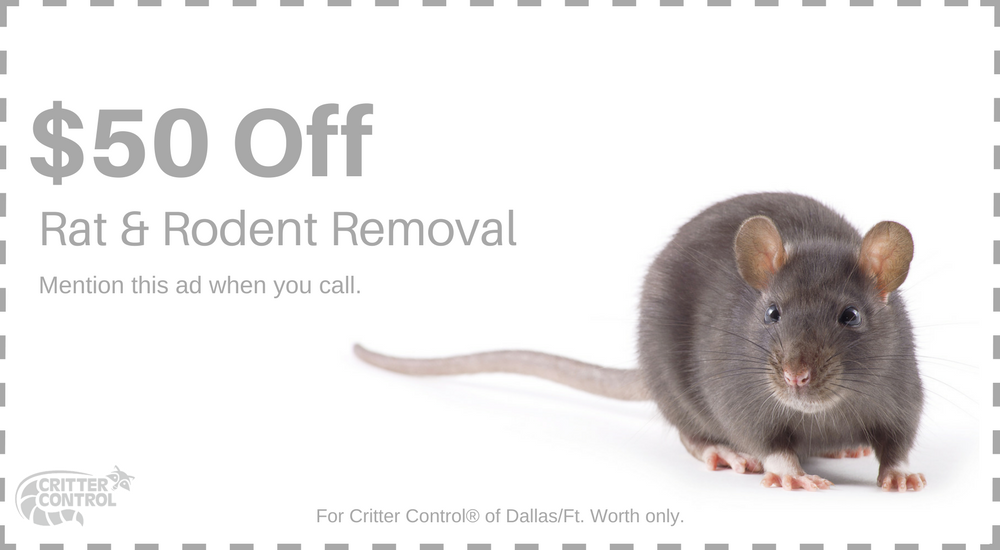 If you were a rat, what better home could you find than an attic? Attics provide enough shelter, darkness, water, and food to help rats survive. What’s more, people only go up in their attics but a couple times a year, which means that rats can live a long time in them before being discovered.
If you were a rat, what better home could you find than an attic? Attics provide enough shelter, darkness, water, and food to help rats survive. What’s more, people only go up in their attics but a couple times a year, which means that rats can live a long time in them before being discovered.
Our experts at Critter Control® of Fort Worth receive many calls complaining of rat invaders in attics. These people frequently ask us whether attic fan guards are an effective option to help keep rats away from their homes. Here’s what you need to know about attic fan guards and pest control.
What Are Attic Fan Guards?
An attic fan guard is a metallic cage that surrounds and protects your attic fan. The attic fan is typically found on the roof of the home or business, designed for ventilating the attic space. They mostly help protect the attic fan and the attic itself from significant weather damage, but many also use them as a pest prevention measure. The opening between the wires is too small for even tiny critters like mice to squeeze through, so you no longer have to worry about rodents getting in through the attic fan with a fan guard.
Can Rats Still Get Inside?
The attic fan guard does secure the opening around the attic fan, but that doesn’t mean rats couldn’t find an alternate way inside. Rats are very persistent. They can squeeze through a hole the size of a quarter, and have no reservations about wedging their bodies through even the smallest of holes to reach your attic. Other areas rats might get into your attic include gaps in the corner of the roof, soffits, vents, and piping. Securing your attic with a fan guard is a great first step, but you must protect your entire home if you want a total pest prevention solution.
Rely on Expert Removal
If you think you have a rat problem in your home or business, leave it to our experts here at Critter Control® of Fort Worth to remove your unwelcome guests. With over three decades of experience, our technicians know the most effective rat removal methods. Our number one priority is the safety and comfortability of you and your family/co-workers. If you have any questions, or if you need more information about rat removal, please call us at 817-222-1101.




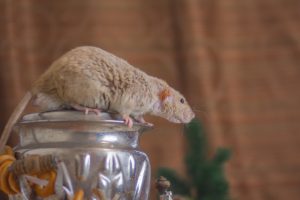 No one wants to find out that
No one wants to find out that 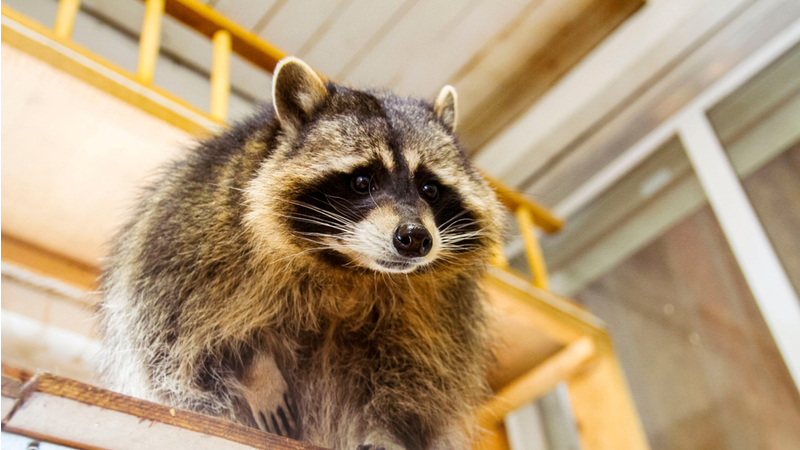
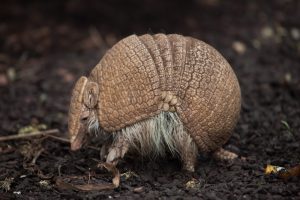 The most commonly found species of
The most commonly found species of 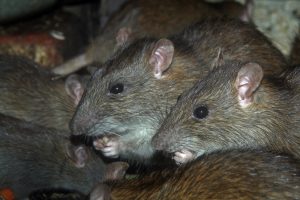

 While birds and butterflies can be enjoyable to watch in your yard and that occasional
While birds and butterflies can be enjoyable to watch in your yard and that occasional 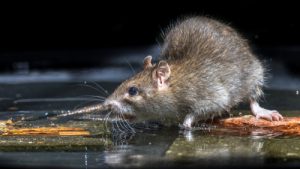 The presence of an unwelcome pest in your home can elicit a range of emotional responses anywhere from mildly annoyed to terrified. And while wild animals such as
The presence of an unwelcome pest in your home can elicit a range of emotional responses anywhere from mildly annoyed to terrified. And while wild animals such as  Thanks to the strong work ethics of
Thanks to the strong work ethics of 